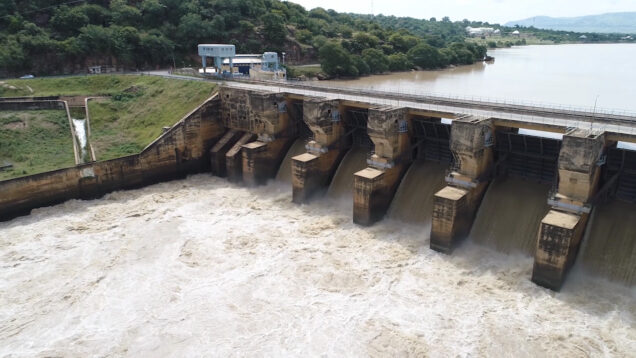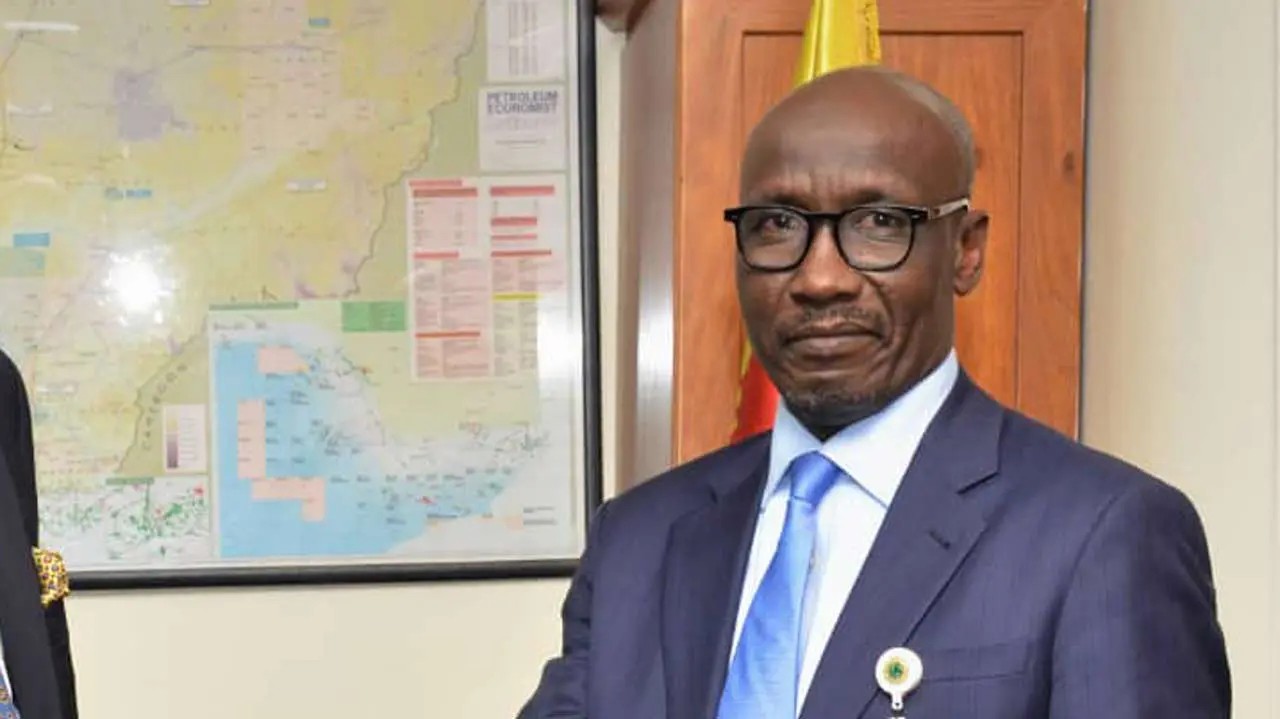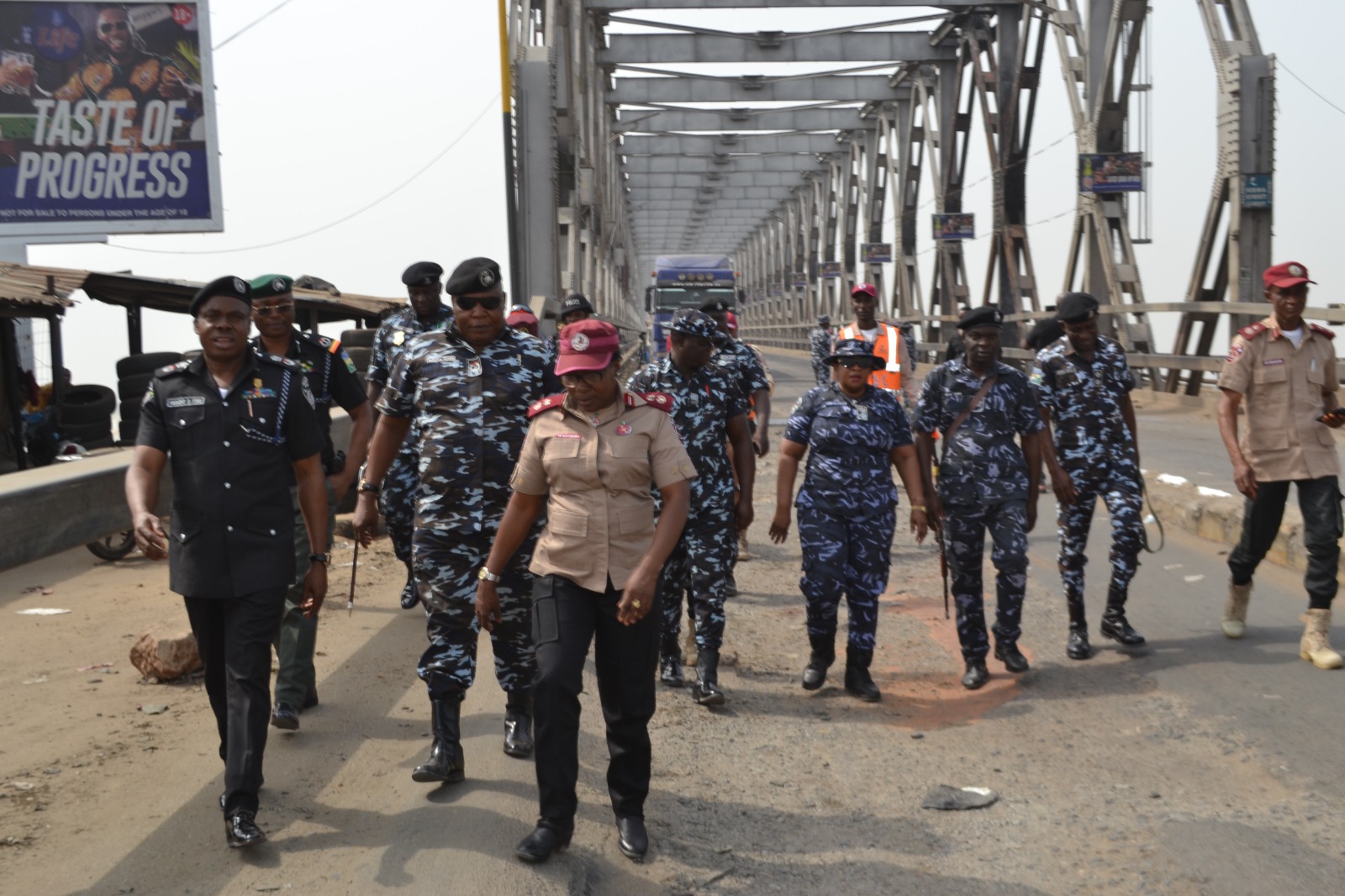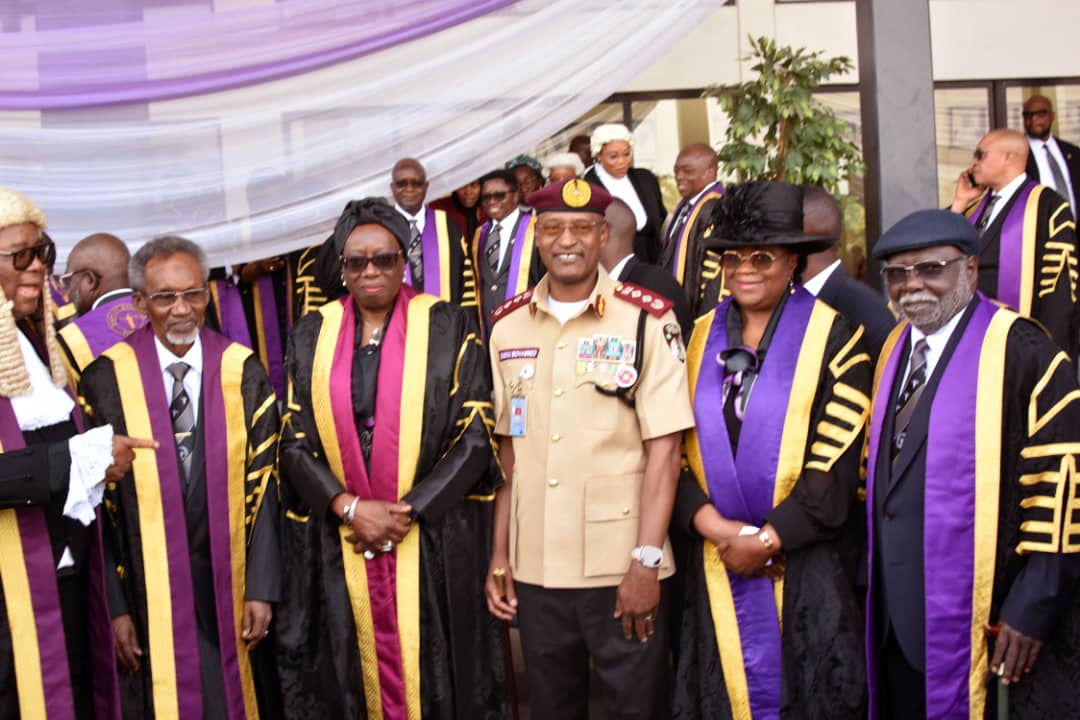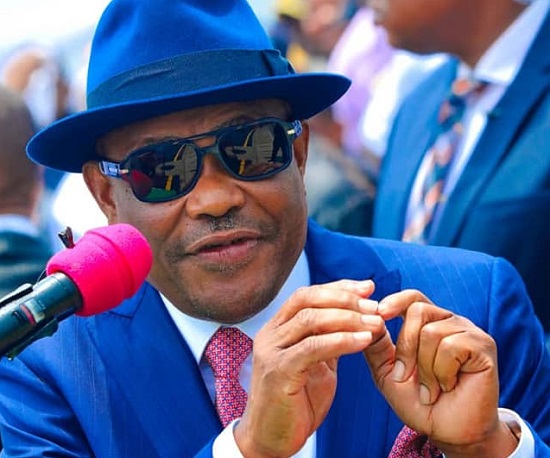A Chinese consortium comprising China National Electric Engineering Company (CNEEC) and Sinohydro, made this known in a statement in Abuja.
The consortium said that the project will make a significant contribution to Nigeria’s power generation capacity.
The Zungeru hydropower project, the consortium said is proof of the China-Nigeria partnership at its best.
”The project will provide flood-control, irrigation, water-supply and fish-breeding facilities; although construction works on the power plant started in May 2013, it was expected to take 60-months for completion with initial completion date of 2018.
“However, legal and financial challenges related to ecological settlement in the affected area delayed the project commissioning to 2021.
“The global pandemic COVID-19 further delayed the construction period as the site was shut down from operation in the year 2020 during the peak of the pandemic.”
The engineering, procurement and construction contract was awarded to the China National Electric Engineering Company (CNEEC) and Sinohydro.
It said amidst security challenges such as attacks on workers at the site in 2022, the project progressed, adding that as of Aug. 15, 2023, the project was successfully handed over to the Federal Government.
The project located on the Kaduna River in Niger is a 700MW hydroelectric facility built by the consortium.
The project which costs about 1.3billion dollars approximately (₦162.9 billion) is the biggest power project completed in Nigeria in the past ten years and one of the biggest power projects in Africa.
The is designed to generate 2,630 GWh energy with a total installed capacity of 700MW.
Zungeru is one of several hydro projects that are part of Nigeria’s Renewable Energy Master Plan (REMP) proposed in 2006.
REMP seeks to increase the supply of renewable electricity – including wind, solar, biomass and small hydro – from 13 per cent of total electricity generation in 2015 to 23 per cent in 2025 and 36 per cent by 2030, according to the Nigerian government.
The government said additional hydro power plant (HPP) projects in various stages of development include 3,050-MW HPP, 360-MW Gurara II HPP, 38-MW Dadinkowa HPP, 40-MW Itisi HPP and 3,100-MW Mambilla HPP.
Nigeria’s population is more than 160 million people and published reports indicate the country’s 10 national integrated power projects only generate 4,000 MW of electricity.


